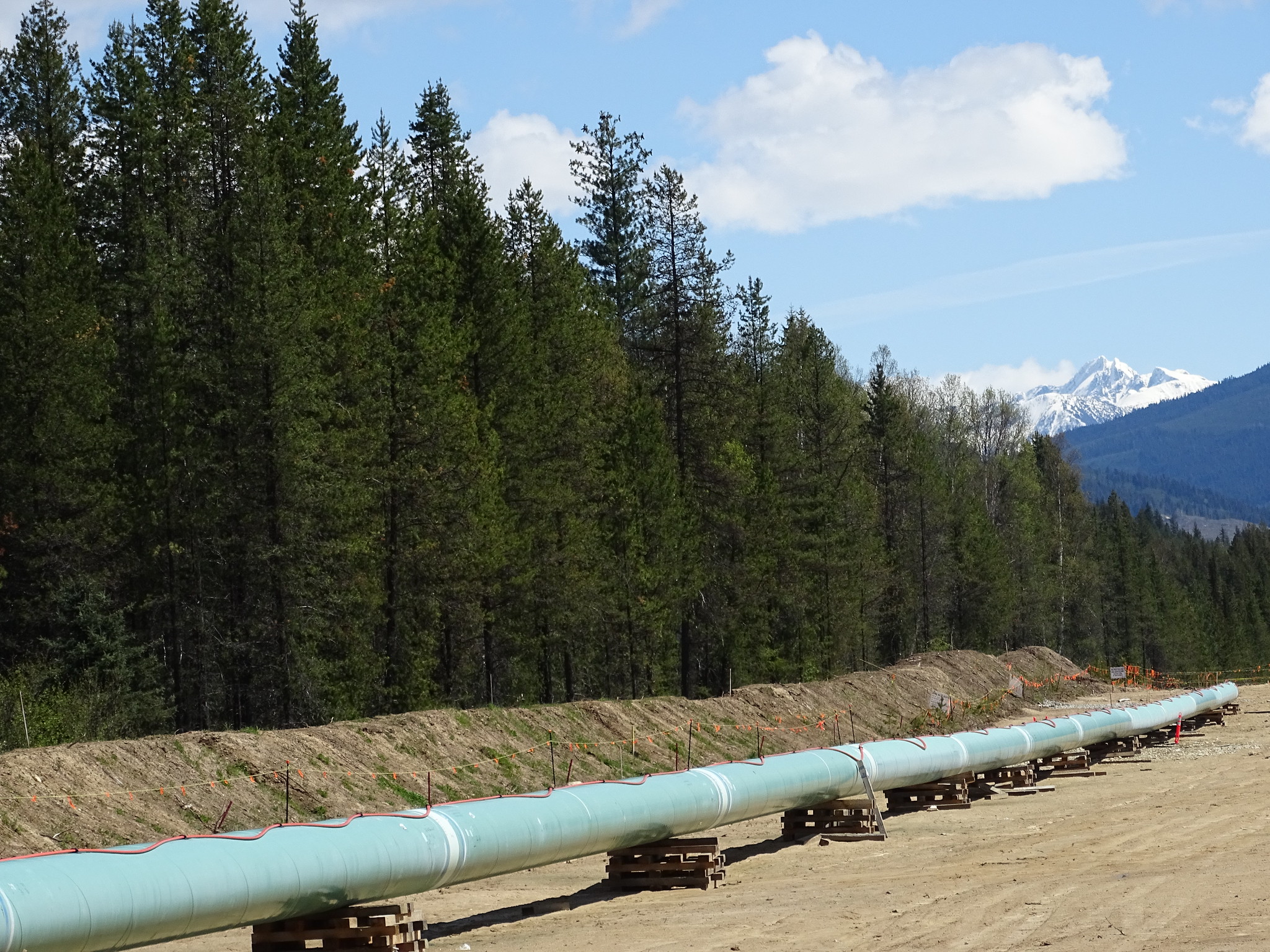
This op-ed originally appeared in the National Observer on February 27th, 2023.
Feb. 18, 2023 marked the one-year anniversary of Trans Mountain’s last construction cost update, when the price tag of the expansion project (TMX) ballooned to $21.4 billion — nearly triple the cost projected when Canada bought the embattled pipeline in 2018.
In response, Finance Minister Chrystia Freeland promised that the federal government would “spend no additional public money on the project,” while insisting TMX was still commercially viable, according to confidential analysis from BMO and TD.
These statements were questionable at the time, and one year later, we know why. While the average Canadian is struggling with inflation and increased interest rates, TMX is getting special treatment from Canadian banks and hiding its full financial picture.
The latest publicly available information is contained in the third-quarter 2022 report from the Canada Development Investment Corporation (CDEV), the Crown corporation that houses Trans Mountain’s six corporate subsidiaries. The report shows that Trans Mountain’s debt to Canadians had increased $214.3 million, despite Freeland’s promise of no more public money. This brings the amount owed to Canadians to nearly $16 billion. By the end of 2023, that number will approach $17 billion.
In addition to this substantial public support, CDEV anticipates that the $10-billion construction loan provided by Canadian banks will be spent before construction is complete:
“Given the significant ongoing expenditures expected in connection with the TMEP, the corporation will require continued financing to complete the project. […] It is expected that the syndicated loan payable will be refinanced with a new loan with a maturity date beyond one year.”
That loan, by the way, is only earning the banks 1.85 per cent interest — outrageously low, especially given that the prime interest rate has increased dramatically in the last year and now sits at 6.7 per cent.
So how could Freeland insist that TMX was still commercially viable at $21.4 billion? Well, it turns out that the analysis from BMO and TD used a 100-year payback period to make it work on paper — more than double the 40-year period used in most other analyses.
In other words, the oilsands pipeline that was reapproved by a federal government that had declared a climate emergency one day prior now needs to transport heavy oil until 2122 to become commercially viable. Relying on the 100-year analysis suggests that Freeland has already decided Trans Mountain cannot, and will not, repay the debt owed to Canadians.
Last September, West Coast Environmental Law released a report with economist and public finance expert Robyn Allan that showed how the federal government is hiding Trans Mountain’s full financial picture using corporate shells and accounting wizardry. We projected that Freeland would write off $17 billion owed back to Canadians in order to maintain the illusion of commercial viability.
This is because the tolls (or fees) that the pipeline company charges its oil company customers were negotiated back when the project’s price tag was a mere $5.4 billion. Once costs exceeded $7.4 billion, TMX’s viability began to erode. Kinder Morgan knew this and that’s why it wanted out. Unfortunately for the Canadian public, the federal government paid a premium for the pipeline company that has since seen the expansion project's costs skyrocket.
A $17-billion writeoff of debt owed to Canadians will be yet another massive subsidy to the oil and gas sector.
Canadians are struggling with the cost of living, while oil companies are reporting record profits and continuing to rake in public subsidies. Meanwhile, Trans Mountain gets the benefit of low interest rates and extended payback periods. Just imagine the home you could afford with a 100-year mortgage at 1.85 per cent interest.
The Trans Mountain saga has brought to light just how deep petro-politics have seeped into our government and financial institutions. It makes you wonder how this isn’t a bigger scandal than the ones that have plagued the federal government, like the SNC Lavalin affair.
Top photo: Adam Jones via Flickr Creative Commons